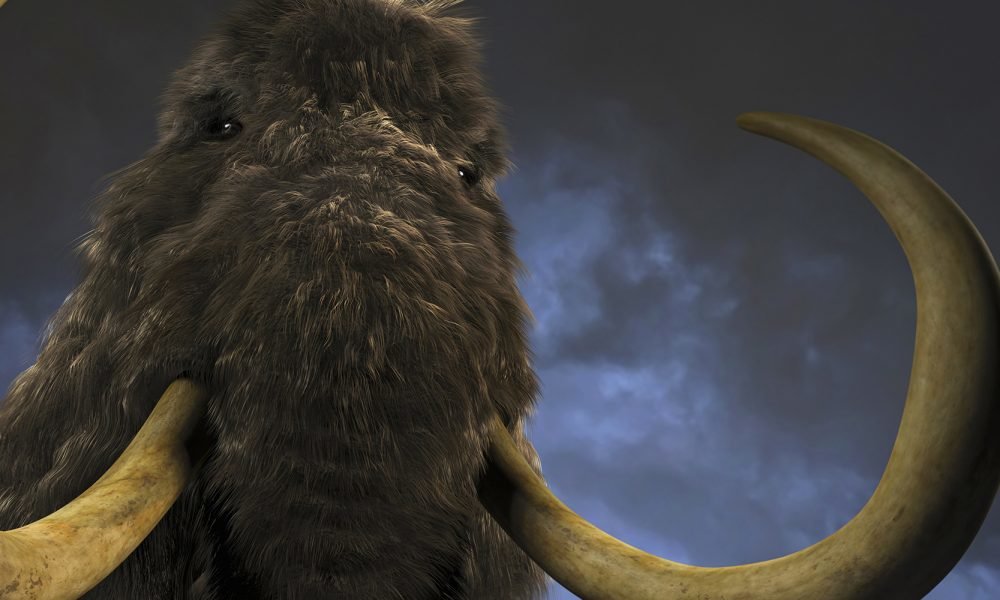
Public Crowdfunding Is Helping an Unusual Research Project – It Involves Extinct Mammoths!

It is a globally known fact that our world currently faces environmental problems so big that if left unsolved it can probably lead to catastrophic natural disasters in the future. Scientists from all over are currently in the race against time and nature to devise methods or ways to save the environment from on-going climate change. There are numerous research projects, but not enough funding. Not all researches receive grants, which is why some scientists are focusing their efforts towards crowdfunding so they can push the start button on their research projects. One research project that is hoping to somehow help stop the global climate change is one that involves the now-extinct mammoths.
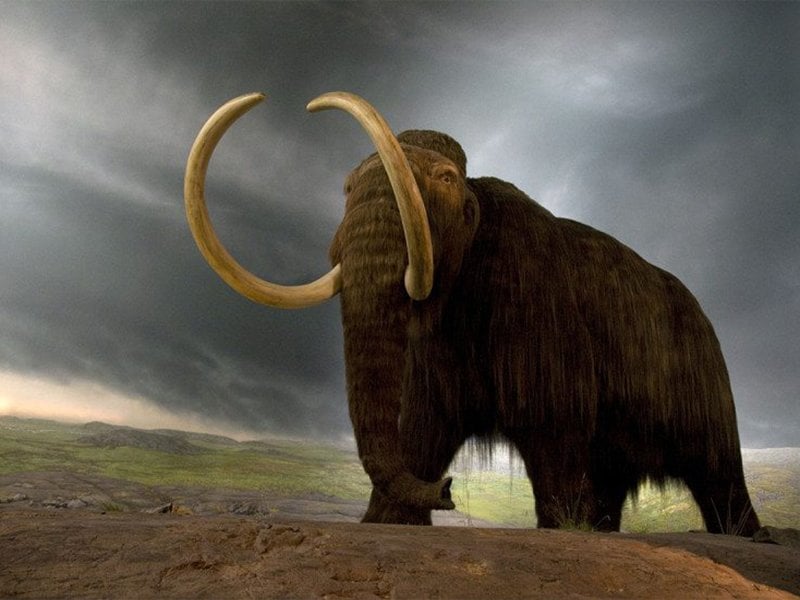
What are mammoths?
Have you ever heard of the extinct animals called mammoths? Some of you may have, while others have no clue of what that word is. Maybe you will know this – do you know the animated movie Ice Age? If yes, you probably know Manny, the wooly mammoth. Mammoths are elephant-like animals that weighed around 6 tons, had long hair instead of wrinkled hide (like that of elephants), and their tusks are extremely long like elephants. The big difference between mammoths and elephants is that the mammoth species are now extinct. The creatures lived during Pleistocene epoch or the period more popularly known as the Ice age. They thrived on their natural habitat called the mammoth steppe. Considered as the most far-reaching among all of Earth’s biome, the mammoth steppe stretched all the way from Spain, and spreads across Eurasia all the way to the Bering land bridge, then going towards Alaska and the Yukon. It’s ended by the Wisconsin glacier.
Why They Became Extinct
Mammoths and the mammoth steppe are believed to have both started disappearing during the glacial retreat, when sea levels started rising. There are still no final word as to when the last species of the mammoths became extinct. The most recent theory, though, was some of them lived until 8,000 years on St. Paul Island, Alaska. So the big question now is, how can scientists possibly bring them back? More so, how can bringing them back help the environment?
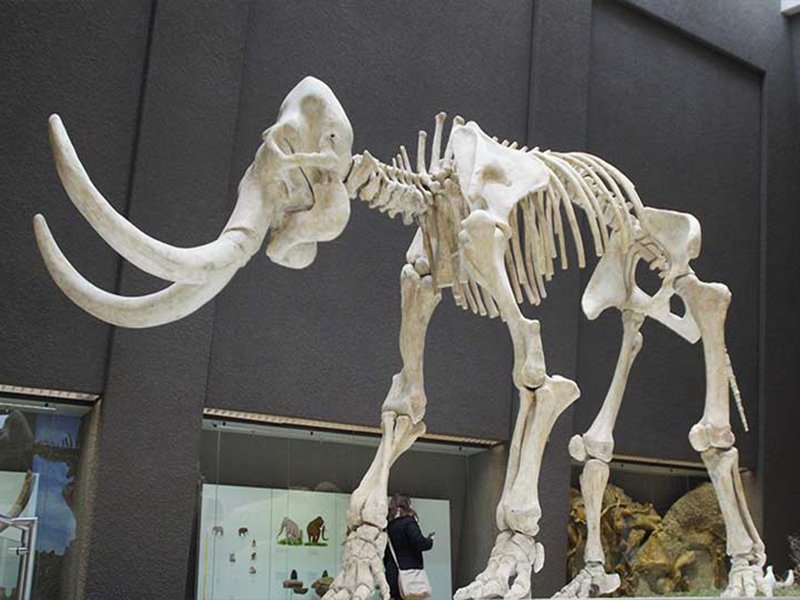
Bringing Mammoths Back to Life
Have you seen the movie Jurassic Park? Well, there will be no T-Rex-like creatures that will go on a killing and people-eating rampage, but the process of reintroducing them to our world is basically the same. Harvard geneticists are trying to bring mammoths back to live by cloning the cells of living elephants with small components of mammoth DNA that have been synthesized. Fossils and remains of mammoths have been discovered several times, and this is where scientists are able to get a sample of the extinct creatures. Before you get shocked by this experiment or project, you should know that it has been going on for 20 years now. And the people behind it have a good reason behind the said project, despite the ethical issues raised from it, they believe that bringing back mammoths to the Arctic can assist in stopping greenhouse gases emissions from the ground that can contribute greatly to the rising global temperature.
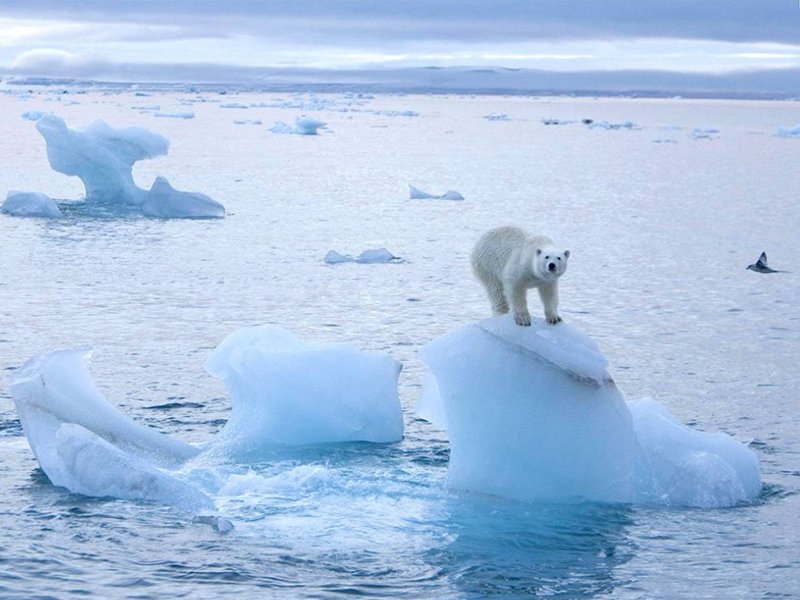
How Can an Extinct Animal Save the Environment
Permafrost mostly makes up the components of Arctic lands, and locked in it are carbon gasses from dead plant life in great amounts, frozen ever since the Pleistocene epoch or Ice Age. When permafrost thaws or melts, it will release methane and carbon dioxide that is dangerous to our atmosphere. Permafrost is sometimes called ‘sleeping giants’ because of the massive negative effect or destruction it can bring upon the Earth’s climate.
This is where these furry creatures come in – scientists believe that once mammoths are introduced to the Arctic tundra (possibly along with other large animals that existed along them like bisons and horses), they can act as ‘natural geoengineers’. Having mammoths again can possibly recreate the steppe ecosystems that once existed. With grasses and other plant life thriving along arctic lands, less heat will be absorbed therefore keeping carbon trapped in ice for much longer, possibly forever as long as they are around. The theory from scientists is that the creation of a new mammoth steppe can keep the ground colder for a long period of time.
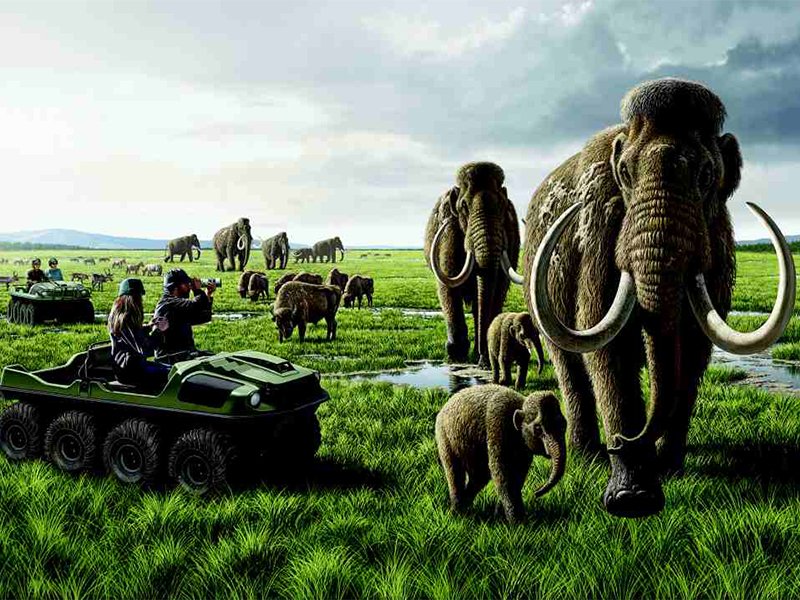
This will definitely bring a smile to your lips – the project of bringing back mammoths to life is called Pleistocene Park. It was started by Sergei Zimov, a Russian geophysicist, and the park is located in the Siberian Arctic.
More in Crowd Funding
-
`
Do the Rich and Famous Celebs Have Secret Life Hacks? You Bet They Do!
You may apply lessons from your own life by studying the behaviours of those who have gained success and renown. Fame...
August 20, 2023 -
`
Debt Investments – What Are They?
Debt has always been a notion, and if someone owes a debt, they must also be the owner of that debt....
August 5, 2023 -
`
Inflation forces 38% of American Adults To Delay Major Purchases
Many American adults are delaying major milestones such as buying a house or buying a car due to inflation. 51% of...
July 28, 2023 -
`
What are the Rich Spending their Money on the Most? THIS!
Money waste is a rather personal matter. Personal finances are very private, and you are in charge of deciding how you...
July 16, 2023 -
`
Hobbies That Keep the World’s Top Billionaires Busy
Like their sources of money, famous billionaires’ hobbies tend to be unconventional. These business leaders, entrepreneurs, industrialists, and creators of IT...
July 4, 2023 -
`
How to Choose Between Online Banks Offering High Interest Savings Rates
Savings account interest rates are on the rise, but the national average savings rate is only 0.08%, mainly for large, national...
June 25, 2023 -
`
Inflation is Evidently Affecting Your House Buying Ability
The globe is affected by inflation, but the United States has been most afflicted, with an annual inflation rate of 8.5%...
June 18, 2023 -
`
Could You Manage to Recession-proof Your Savings? Start Now!
Recession impacts your yavings and without a job, your savings could pay your bills. Even with a job, your investment value...
June 1, 2023 -
`
So You’re a Journalist Trying to Crowdfund? We Got You!
Crowdfunding involves convincing many people to contribute small sums of money for specific projects, via the Internet, using reliable payment portals....
May 30, 2023















You must be logged in to post a comment Login